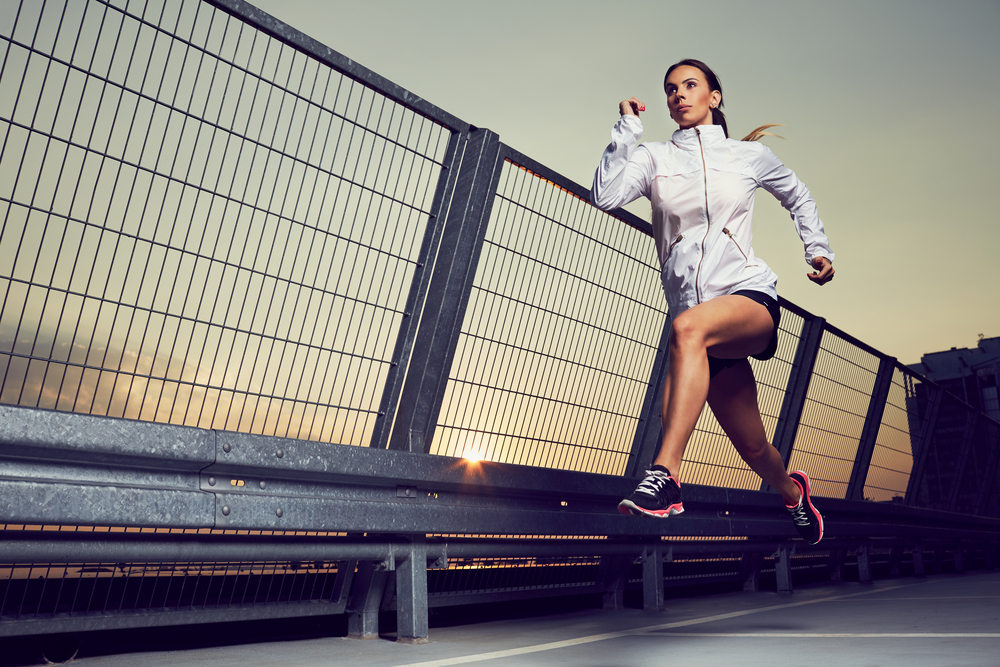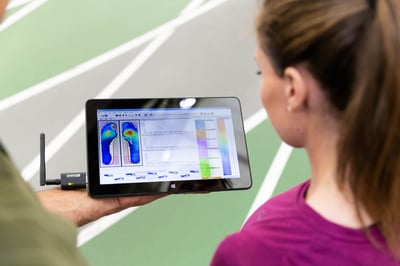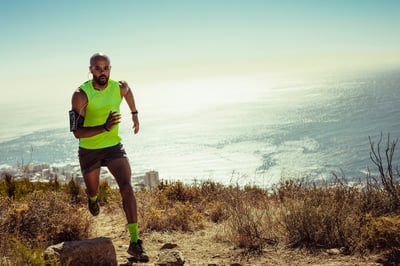
Understanding Foot Gait
To maximize human performance—and optimize it—understanding foot gait is an important starting point.
The way humans walk and run is a fascinating area of study for medical professionals and athletes. It has direct applications for improving human performance, whether to increase someone’s running speed or resolve injuries through better movement. The biomechanics of walking and running determine how an Olympic athlete sprints, how a nurse walks down the hallway and how a cross country runner finishes their mile time. By understanding foot gait, we can optimize how a runner runs, how a walker walks, and also how the average person functions in their daily life.
Comprehending gait is essential to this process. By gaining a thorough understanding of the phases of gait and the gait cycle—starting with knee flexion and following through to the various walking patterns—medical professionals and athletes alike can optimize for better physical performance.
What is gait?
Put simply, gait is defined as a person’s style of walking or running. Essentially, gait is the way someone moves: the way they walk, jog or run. By focusing attention on the speed of a person’s run or the swing in their walk, analyzing gait can reveal insights about their athleticism, speed and even neurological readiness. Foot gait is an essential component of health assessment, and for a good reason. Whether assessing how bodyweight impacts a heel strike or how gait pattern is affected by foot contact, understanding foot gait is a foundation for better human performance.
The Biomechanics of Running and Walking
The biomechanics behind running and walking involves how the muscles, bones and brain work together to help someone move forward. How they work together has a direct impact on speed and comfort, among other factors. From knee flexion to the functioning of the calf muscle, the muscles and bones in a person’s legs must cooperate well to push them forward the right way, achieving the desired speed and comfort.
The Gait Cycle: How do you walk and run?
The gait cycle is made up of two main phases: the stance phase and the swing phase. However, like with most things involving the human body, it is more complicated than it sounds. The stance phase is comprised of four separate stages: loading response, midstance, terminal stance and pre-swing. During loading response, the
foot makes initial contact with the ground before the alternate leg swings. In midstance, the body moves its center of gravity over the moving foot, preparing the body for swing in the terminal stance as that heel leaves the ground and begins pre-swing.
The swing phase of gait involves swinging the leg to move the body forward, starting with the initial swing and a phase called “toe off.” The leg reaches maximum knee flexion as it swings forward, bringing the body into midswing as the weight-supporting leg helps propel the body forward until the tibia is perpendicular to the ground. Terminal swing, which ends as the foot makes contact with the ground, sets the stage for the entire process to begin again.
Understanding Gait: Pronation
Another important aspect of gait involves pronation, which is how the foot rolls—either inward or outward—as it hits the ground. There are three kinds of pronation: overpronation, underpronation and neutral pronation—the degree of pronation impacts everything from injury prevention to speed. With overpronation, which is most common, the foot rolls inward while running, transferring weight to the inner ankle. With underpronation, the foot rolls outward while running, transferring weight to the outer ankle. In neutral pronation—the preferred state—the foot does not roll in either direction.
How to Analyze Gait 
By analyzing foot gait correctly, medical professionals can impact the lives of their patients for the better. Gait analysis reveals increased risks of injury, insights into walking patterns, and even helps those with high arches or flat feet move more effectively. Understanding foot biomechanics and analyzing foot gait can pinpoint issues before they become problems and help determine the risk of injury in both athletes and regular people.
XSENSOR: Technology for measuring and optimizing gait
To accurately measure and optimize foot gait, technology solutions like XSENSOR’s can help. Built with smart, dynamic sensing technology, our solutions help trainers, medical professionals and athletes to analyze gait, improve performance, boost efficiency and increase speed. XSENSOR’s industry-leading technology always puts people first, with the goal of improved movement and health for athletes and patients alike. Our sensor offerings include:
- intelligent insole sensors,
- walkway sensors, and
- stance pad sensors.
The team at XSENSOR is dedicated to helping people find true success in human performance—something we know depends on smart, accurate measurement capabilities. Whether improving speed or mitigating the risk of injury, we’ll equip you with dynamic solutions for the data and technology you need.



